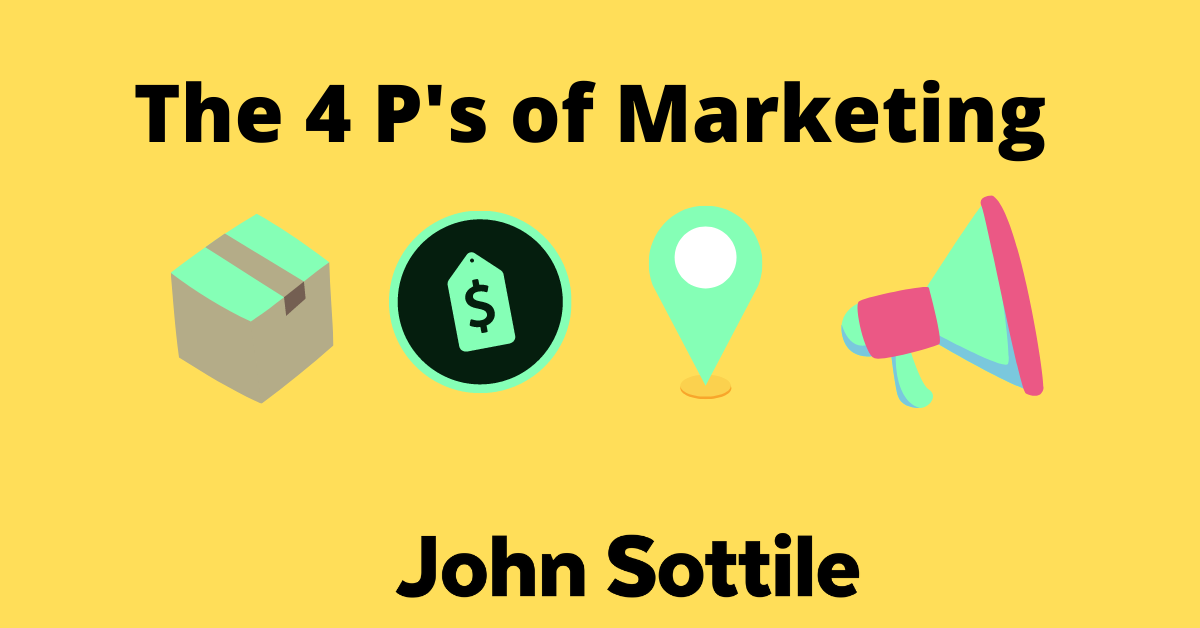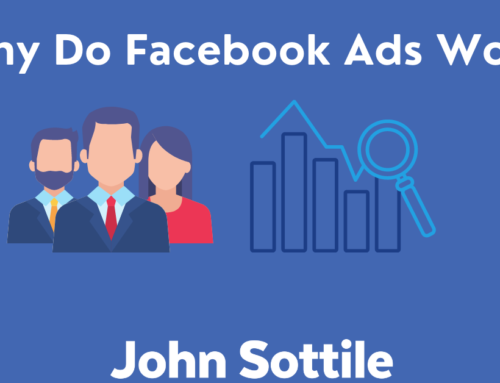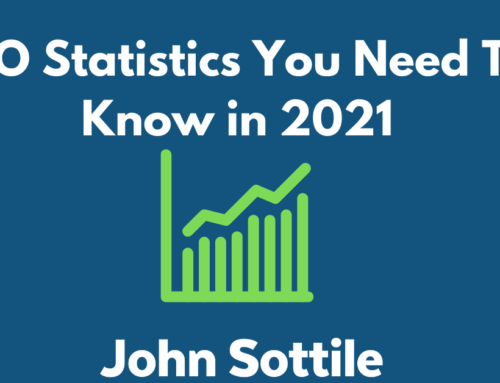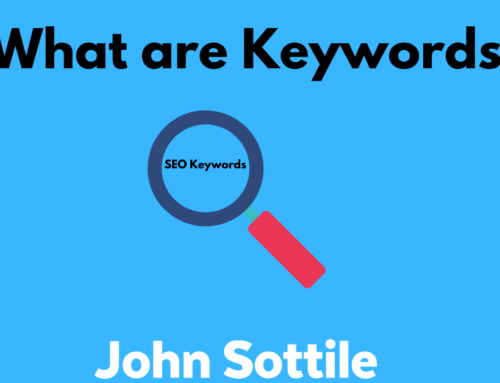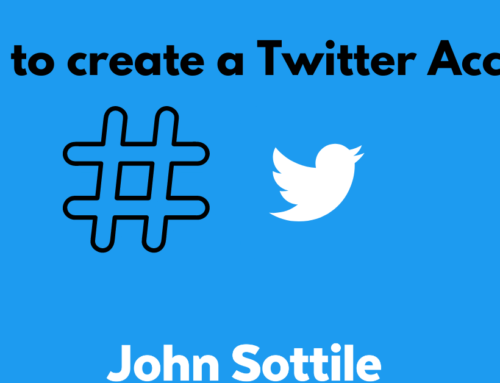The 4 P’s of Marketing
What are the 4 P’s of Marketing?
The 4 P’s of marketing originated from the foundational Marketing Mix model for businesses. The 4 P’s of marketing are Product, Price, Place, and Promotion.
By identifying these four core principles, it helps you better understand who you’re targeting, and how you should target them.

Product
What is your product? Who is your product targeting? What is the purpose of your product? What problem does your product solve? These are some questions you need to ask yourself when you think about who’s supposed to be purchasing your product or service.
Remember – people don’t buy products, they buy solutions to their problems. Your product and messaging should focus on the benefits.
The more you break down your buyer persona, the better understanding you have of who you’re targeting. Not everyone is the same, so creating generic content that’s meant for “everyone” will most likely be heard by no one.
You also need to have proper branding and brand messaging. A brand is more than just having a professional looking logo design. Your brand needs to have a mission statement and values that your consumer can buy into. Your branding has the power to leave an everlasting impact on people who come in contact with your company for the first time. It’s way easier to remember a logo design from a famous brand than it is to remember people from a company. That’s way having the right brand mark will help you establish yourself as the go-to for whatever you offer.
Price
What goes into your pricing? How much does it cost to produce your goods? Do you ever go on sale or offer discounts? Are you a low budget or premium brand? You need to make sure your pricing is right in order to build a sustainable long-term business. If your profit margins are all over the place, it will be difficult to keep track of your cash flow. Even worse, you could be selling your products at a loss or minimal profit if you aren’t paying attention.
Some people will always shop around for the cheapest option. That doesn’t mean that your product or service needs to be the cheapest company around. There’s plenty of people out there that are willing to spend more money for products and services they know they can trust.
Here’s a list of different pricing strategies you can check out.
Ultimately, how you price your products will influence the decision making process of your consumers.
Place
Where will you promote your product? Where does your audience spend their time? What would be the best way to deliver information to this audience? While the internet has made it easier than ever to market your business online and reach new people, it’s still important that you focus on promoting on the marketing channels and social media platforms that will help you drive an ROI on your ad-spend.
For example, if you target a younger audience, then perhaps it would make sense to go all in on a TikTok marketing strategy. On the flip side, if your audience targets the older demographic, it may be worth looking into Facebook advertising. No matter which social network you decide to choose, there’s plenty of resources that they offer to help you target your exact demographics on their apps.
Video marketing is one of the best ways to capture the attention of your audience online. If you aren’t creating videos around your product or service, you could be missing out on huge opportunities. Even worse, your competitors might hop on the video marketing train before you! My advice is to start that YouTube channel as soon as possible.
Search engine marketing is one of the most effective ways to increase your discoverability on the internet. According to these SEO statistics, 93% of online experiences start with an online search.
You can leverage SEO or Google ad-words to start capturing relevant traffic towards your landing pages.
The more platforms you leverage to distribute your content, the higher chance you have of reaching more people and converting them into sales. E-mail marketing is an old but efficient way to re-target customers, especially if they have an abandoned shopping cart. One simple e-mail nudge has the potential to turn that abandoned cart into an additional sale for you.
Promotion
How do you plan on communicating with your target audience? How will your customers discover you? When it comes to promotion, you need to decide how your branding and marketing messaging are going to work and what emotions they’re supposed to convey. You need to get your product in front of the people who are most likely to buy.
If you have a physical product, naturally you’ll want to figure out ways to get your product in store displays. Keep in mind that it may be harder to a good spot on the shelf if you’re just starting out. This is why you’ll want to explore the option of selling direct to consumer online as well. It’s never been easier to open your own e-commerce store.
The end goal with advertising is to convert those people into paying customers. Digital marketing has changed the way we interact with one another and brands. Companies now have the ability to invest in social media ads that invade our daily social media usage. These ads are a powerful way to generate impressions. You can use social media ads to push people directly to your online listing, or create a video or informational post around your product or service.
Not many people are going to make a purchase the first time they come in contact with your ad. That’s where re-marketing comes into play. Re-targeting allows you to re-market your website or offer to people who’ve clicked on one of your ads, but decided not to make a purchase at the time. These second chance opportunities give you an additional chance to get someone who was potentially interested in your product another opportunity to convert into a sale or sign up.
4 P’s of Marketing – Final Thoughts
The 4ps of marketing was a concept that was first established in the 1960’s by E.J. McCarthy, and it’s still one of the most relevant marketing concepts even in 2021. It’s taught in every intro to marketing class, and for good reason. Understanding these four variables will help you come up with a marketing plan and strategy that yields results.
